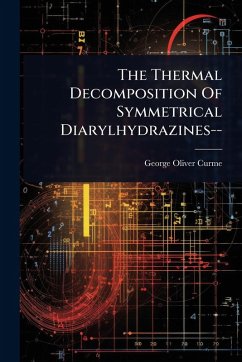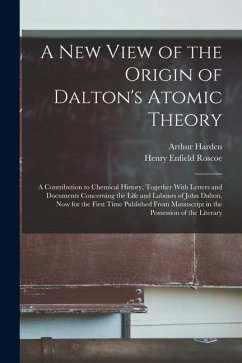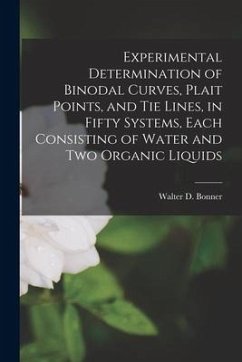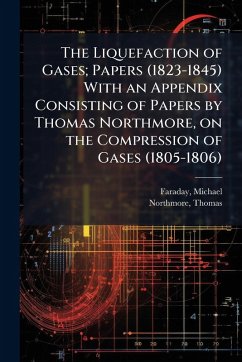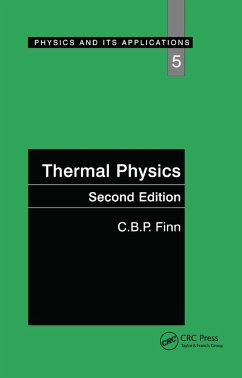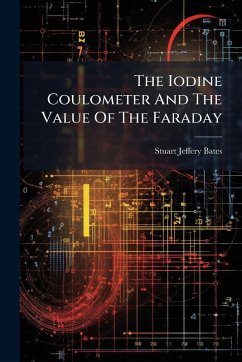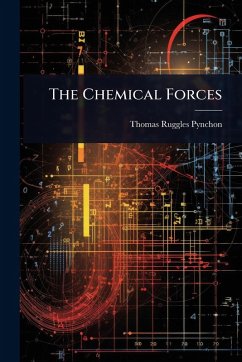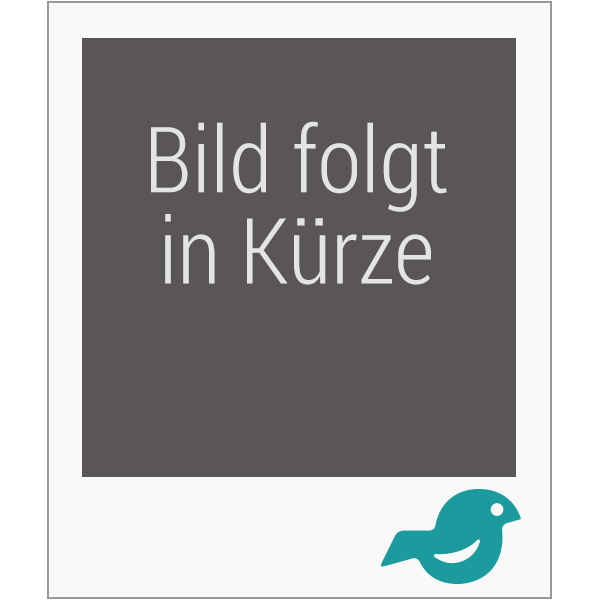
An Experimental Verification, With Krypton, of the Theory of the Thermal Diffusion Column for Multicomponent Systems
Versandkostenfrei!
Versandfertig in über 4 Wochen
17,99 €
inkl. MwSt.
Weitere Ausgaben:

PAYBACK Punkte
9 °P sammeln!
The extended form of the Jones and Furry theory, which describes the behavior of a multicomponent heavy isotopic gas in a Clusius-Dickel thermal diffusion column, is tested. Experimental and theoretical values of the thermal diffusion column transport equation coefficients Hsub{ik}, Ksub{c}, and Ksub{d}, are determined for krypton, a heavy isotopic gas with six isotopes. The experiments are carried out in a column of the hotwire type, at three wire temperatures: Tsub{H}=350 degrees C, 500 degrees C and 800 degrees C. Good agreement is found between the theoretical and experimental values of th...
The extended form of the Jones and Furry theory, which describes the behavior of a multicomponent heavy isotopic gas in a Clusius-Dickel thermal diffusion column, is tested. Experimental and theoretical values of the thermal diffusion column transport equation coefficients Hsub{ik}, Ksub{c}, and Ksub{d}, are determined for krypton, a heavy isotopic gas with six isotopes. The experiments are carried out in a column of the hotwire type, at three wire temperatures: Tsub{H}=350 degrees C, 500 degrees C and 800 degrees C. Good agreement is found between the theoretical and experimental values of the coefficients. Seven of nine of the experimentally determined values of the coefficients agree within +- 10% with the corressponding theoretical values. The remaining two experimental values agree within +- 20% with the corresponding theoretical values. This work has been selected by scholars as being culturally important, and is part of the knowledge base of civilization as we know it. This work was reproduced from the original artifact, and remains as true to the original work as possible. Therefore, you will see the original copyright references, library stamps (as most of these works have been housed in our most important libraries around the world), and other notations in the work. This work is in the public domain in the United States of America, and possibly other nations. Within the United States, you may freely copy and distribute this work, as no entity (individual or corporate) has a copyright on the body of the work. As a reproduction of a historical artifact, this work may contain missing or blurred pages, poor pictures, errant marks, etc. Scholars believe, and we concur, that this work is important enough to be preserved, reproduced, and made generally available to the public. We appreciate your support of the preservation process, and thank you for being an important part of keeping this knowledge alive and relevant.




